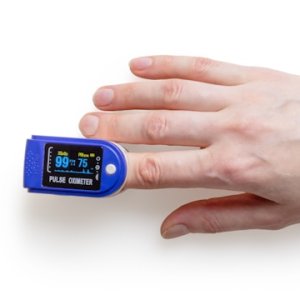
Classification of Medical Devices According to Risk
In December 2014, COFEPRIS re-classified 573 products no longer requiring sanitary registration for commercialization, including previously considered lowrisk medical devices as well as those no longer considered health supplies. Removal of sanitary requirements is part of a strategy that aims to reduce barriers to market entry. This measure represents savings of MX$1.38 billion and the total number of deregulated products now makes up 2,242, with accumulated savings of MX$5.4 billion since 2011.
It is vital to accurately classify medical devices prior to beginning the registration process by submitting a detailed Registration Dossier that includes complete technical product information and applicable testing results. Improper classification can impact the regulatory approval process and associated costs. Therefore, it is important to correctly determine each device’s classification following the rules promulgated by COFEPRIS according to the following categories:
• Medical equipment (appliances, accessories and instruments for medical use)
• Prosthetics, orthotics, and functional aids
• Diagnostic agents
• Dental supplies
• Surgical materials
• Hygiene devices
Medical devices in Mexico are subsequently further classified according to risk, using a version of European rules adapted to the Mexican market:
• Class I: those that are known in the medical practice with a proven safety and efficacy record
• Class II: those that are known in the medical practice with variations in their materials, and are not usually in the human body for more than 30 days
• Class III: those that are known in the medical practice and are usually in the human body for more than 30 days
The Health Products Technical Committee issued 20 rules that COFEPRIS uses to determine the class of the device. Several companies offer consultancy services to help with aligning applications with COFEPRIS requirements, documentation, grouping strategies for registration, translations even acting as independent Mexico Registration Holders. Since 2012, an option of incorporating third-party reviewers (TPR) has been made available by COFEPRIS. This option requires companies to pay an independent accredited commercial TPR to pre-approve applications. TPRs are local Mexican companies and are not associated with any globally recognized registrars or notified bodies. COFEPRIS will then complete a final review and issue the registration certificate.
A fast track process, the Equivalency process, is offered as a regulatory route to companies that have approval in Canada, the US, or Japan. Companies must meet other route-specific requirements, such as having been inspected by the FDA with an available inspection report, but this can greatly accelerate and simplify the process for companies launching products that have already undergone a rigorous review through a credible regulatory authority.
















